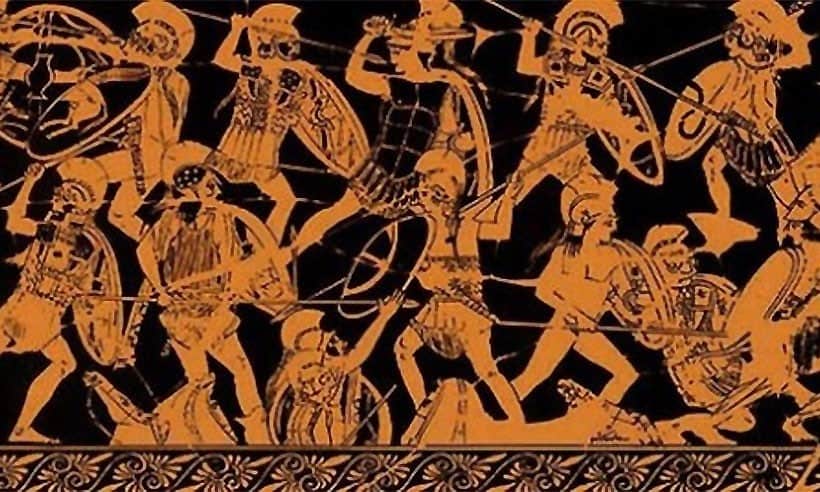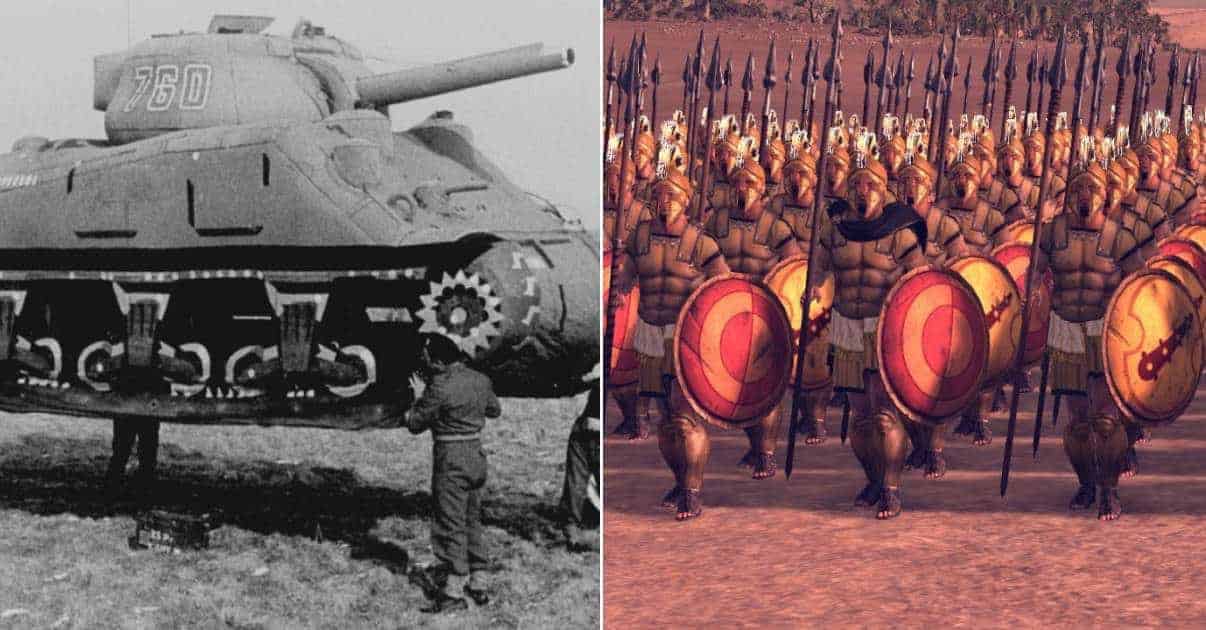Since early man first fought side-by-side, he’s exploited every possible avenue to make sure he’s on the winning one. The most obvious relates to weaponry. From having longer, pointier sticks as hunter-gatherers to sharper, more durable blades in Antiquity and the Middle Ages right through to bigger, better and more numerous Dreadnoughts in the First World War, humans have done their utmost to make sure their group of combatants can outperform and outgun their rival group of combatants. But another vital strategy, lesser considered, is to change what constitutes a group of combatants and play around with different unit types.
Examples of different legionary groupings are, for want of a better word, legion. The Norsemen had blood-baying Berserkers who channeled their inner wolves (to the terror of their friends and foes alike). The Prussians of the late seventeenth century had their grenadiers recruited solely on the basis of their height and reserved for the king’s personal pleasure rather than for actual military encounters. Even today, the Israeli Defence Force has a modern reconnaissance unit made up of hyper-intelligent autism sufferers.
Though almost every conceivable variation of military unit has been tried and tested, the degrees of success have varied considerably. Yet between the successes and the failures, what remains consistent across all of military history, however, is the historical interest. So read on, and you’ll see that from modern bands of brothers to an ancient band of lovers, history is full of weird and wonderful military groupings.
The Sacred Band of Thebes
It goes without saying that the ancient world and the post-Christian world had wildly differing views on homosexuality. In ancient Greece sexual relationships between men were regarded as natural, even to be encouraged, in certain situations. Young boys and adolescents would exchange sexual favors for the education provided by their older tutors, and soldiers away on campaign would form close, sexual relationships with one another. Far from exclusive to classical Athens, this was a feature across many city-states: from the Spartans and the Thebans to the Macedonians of Alexander the Great.
Thebes provides perhaps the most famous example of institutionalized homosexuality in the army with its Sacred Band. Composed of 150 couples, an older erastês (lover) and a younger erômenos (beloved), this fearsome regiment fought in several pivotal fourth century BC battles, including the Battle of Tegyra and the Battle of Leuctra. At Leuctra, they were instrumental in achieving victory for the Theban general Epaminondas (who also fought, and was eventually buried, beside his male lovers), holding the Spartan infantry in place while the Theban infantry flanked and smashed their right-wing.

The Sacred Band was eventually annihilated by Philip II of Macedon and his teenage son, Alexander the Great, at the Battle of Chaeronea in 338 BC. But their idea lived on; not least in Plato’s Symposium. The short text is essentially about a group of the most prominent Athenians of the day (Socrates, Aristophanes, Alcibiades) getting together at a drinking party and deciding that, because they went so heavy the night before, they should lay off the drinking and discuss some philosophy.
The topic of their conversation of the nature of love, and has given us many terms we still use widely today. Finding your “other half”, for example, comes from Aristophanes’ comic suggestion that we used to be formed of two heads, four arms, four legs etc. and roll around everywhere. Then we got too arrogant and tried to scale Olympus, so to literally cut us down to size Zeus cleaved us in half. Thus we spend our lives searching for our natural companion “other half”.
The idea of the Sacred Band appears in a speech given by Phaedrus, who says that an army made of lovers and their favorites would be the most effective fighting unit of all. We don’t know if the Sacred Band was formed before or after Plato’s Symposium. But what matters is that Plato’s Symposium shows how widespread and accepted the idea of militarily institutionalized homosexuality was in ancient Greece.

